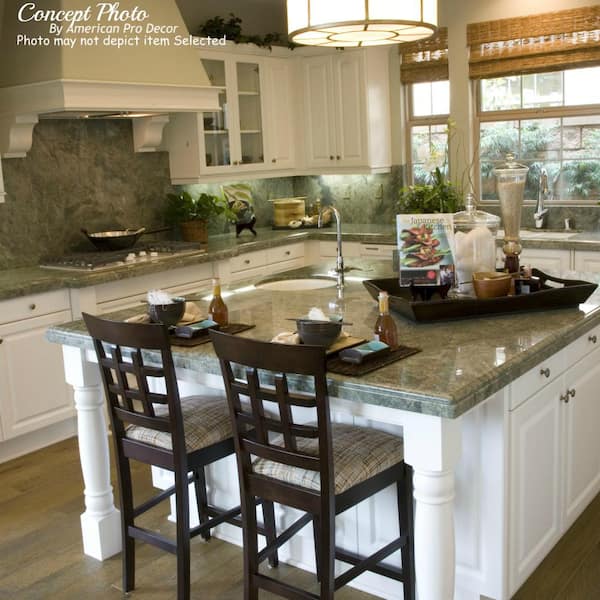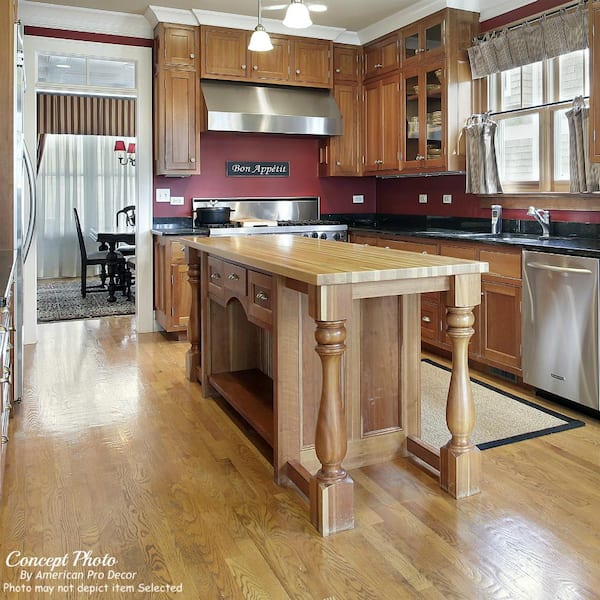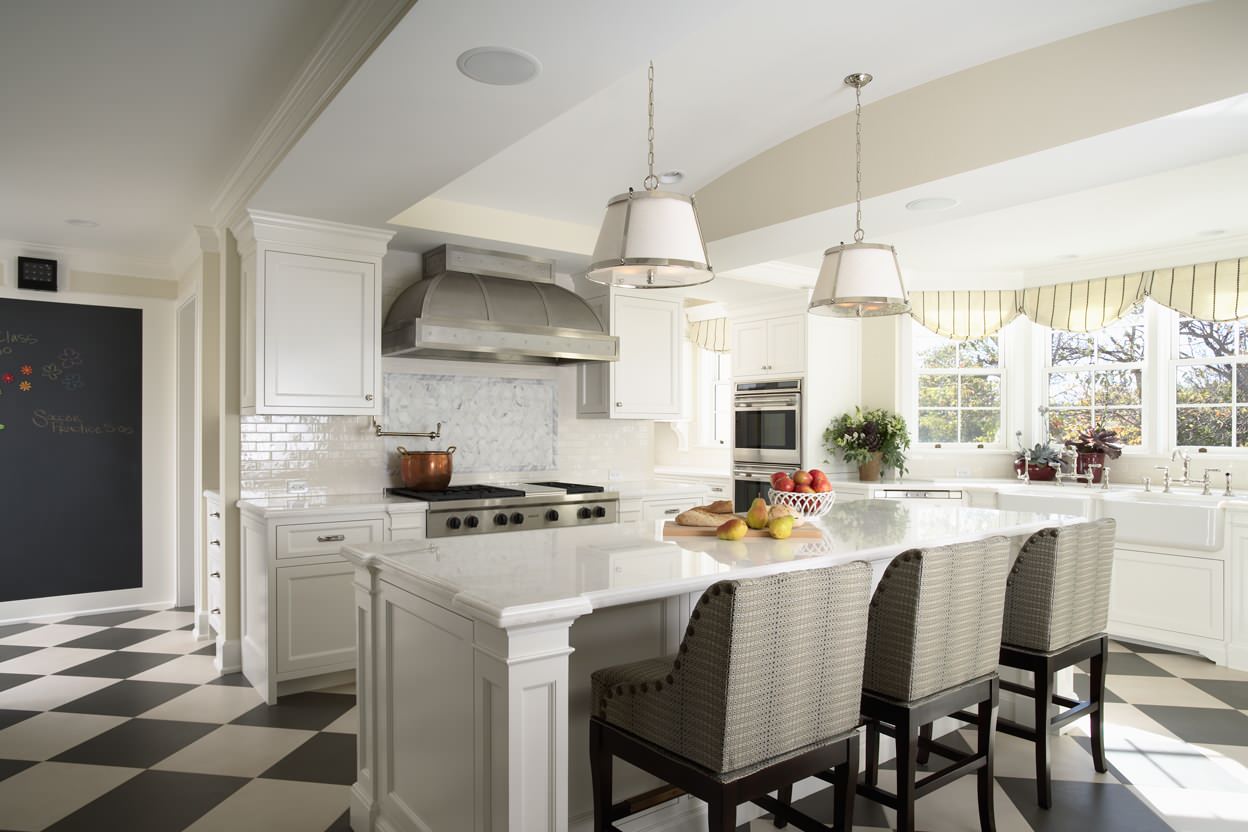How to Mount a Kitchen Island Leg for Maximum Stability and Design
How to Mount a Kitchen Island Leg for Maximum Stability and Design
Blog Article
The Significance of a Sturdy Kitchen Island Leg in Creating a Practical Food Preparation Location
A tough cooking area island leg serves as an essential part in developing a practical cooking setting, providing essential assistance for both the counter top and numerous kitchen activities. As kitchen areas evolve right into multifunctional locations for food preparation, eating, and interacting socially, the choice of products and design considerations for island legs ends up being progressively essential.
Advantages of Sturdy Island Legs
Providing essential assistance, sturdy kitchen island legs play an essential role in improving the functionality and toughness of kitchen islands - kitchen island leg. These legs not only bear the weight of the countertop and any added things positioned on the island, however additionally contribute to the general stability of the framework. A well-supported kitchen island ensures that it remains upright and useful, also under heavy usage, which is specifically vital in busy cooking area atmospheres
Additionally, sturdy island legs can boost the visual appeal of the kitchen area. They provide a strong framework that can match various layout styles, from modern to traditional. This convenience permits house owners to personalize their kitchen area islands according to individual taste while making sure that the architectural stability stays uncompromised.
Along with their helpful function, durable cooking area island legs can additionally enhance security. A stable island lowers the risk of crashes brought on by tottering or tipping, which is especially critical in households with children or elderly individuals. Strong legs can facilitate a seamless flow of tasks, enabling for reliable meal prep work and social communications within the kitchen area area. Eventually, purchasing durable cooking area island legs is necessary for a functional and aesthetically pleasing cooking area.
Materials for Kitchen Island Legs
When selecting products for kitchen area island legs, toughness and visual appeal are crucial factors to consider,. One of the most typical products consist of hardwood, metal, and engineered timber, each offering one-of-a-kind advantages.
Wood, such as maple, oak, or cherry, is a traditional option because of its strength and timeless elegance (kitchen island leg). It can endure considerable weight and is resistant to wear, making it perfect for high-use cooking area environments. Additionally, hardwood can be tarnished or repainted to enhance numerous cooking area styles
Metal legs, frequently crafted from stainless-steel or wrought iron, supply a industrial and modern-day appearance. They are unbelievably solid and can sustain significant lots while being immune to wetness and warmth, which is useful in a cooking area. Metal legs can also be conveniently cleansed, improving their practicality.

Layout Considerations for Stability
The choice of products for kitchen island legs straight influences the design considerations for security. When making a kitchen area island, it is vital to assess the weight-bearing capability of the picked products. Larger materials, such as solid timber or steel, commonly supply better stability, specifically under the anxiety of everyday use.
Furthermore, the leg design should include visit here appropriate geometry to improve stability. A bigger base enhances the assistance area, decreasing the risk of wobbling or tipping. Factor to consider should likewise be offered to the elevation of the legs; out of proportion leg sizes can cause inequality, compromising the overall stability of the island.
Moreover, the circulation of weight across the island is essential. Making certain that the leg positioning straightens with the heaviest parts, such as kitchen counters and appliances, will better enhance stability.
Maintenance Tips for Long Life

Depending on the material of the legs-- whether wood, metal, or composite-- suitable cleansing methods must be employed. Metal legs might need a light Homepage polish to stop rust and preserve their luster.
In addition, tightening bolts and screws consistently can ensure stability and protect against tottering. If the cooking area island experiences hefty usage, consider strengthening the legs with added braces or supports to boost toughness. Using a protective finish or sealer can guard against moisture and spots, prolonging the life expectancy of the legs. By following these upkeep tips, house owners can guarantee their kitchen island legs stay functional and durable for several years ahead.
Selecting the Right Leg Style
Regular upkeep makes sure that kitchen island legs remain tough and practical, yet choosing the appropriate leg design is just as vital for both visual appeals and support. The selection of leg style can significantly affect the total style and harmony of your kitchen area.

Functionality is one more vital aspect. For example, thicker legs or those with a sturdy base can sustain heavier kitchen counters and tools, improving the island's energy. Alternatively, slender legs might create an airy appearance, appropriate for lighter designs however potentially less encouraging.
Final Thought
In summary, the significance of strong kitchen area island legs can not be overemphasized in the creation of a useful cooking area. These legs supply essential assistance, enhance security, and add to the total aesthetic of the cooking area.
A sturdy kitchen area island leg serves as a fundamental component in developing a practical food preparation environment, offering necessary assistance for both the counter top and different cooking area tasks.Providing crucial assistance, sturdy kitchen island legs play a crucial role in improving the performance and resilience of kitchen area islands. Eventually, spending in tough kitchen area island legs is important for a useful and visually pleasing cooking location.
Consideration needs to additionally be offered to the height of the legs; disproportionate leg lengths can lead to discrepancy, jeopardizing the overall stability of the island.
Wood legs give heat and a timeless look, while metal legs supply a modern-day and industrial feel.
Report this page